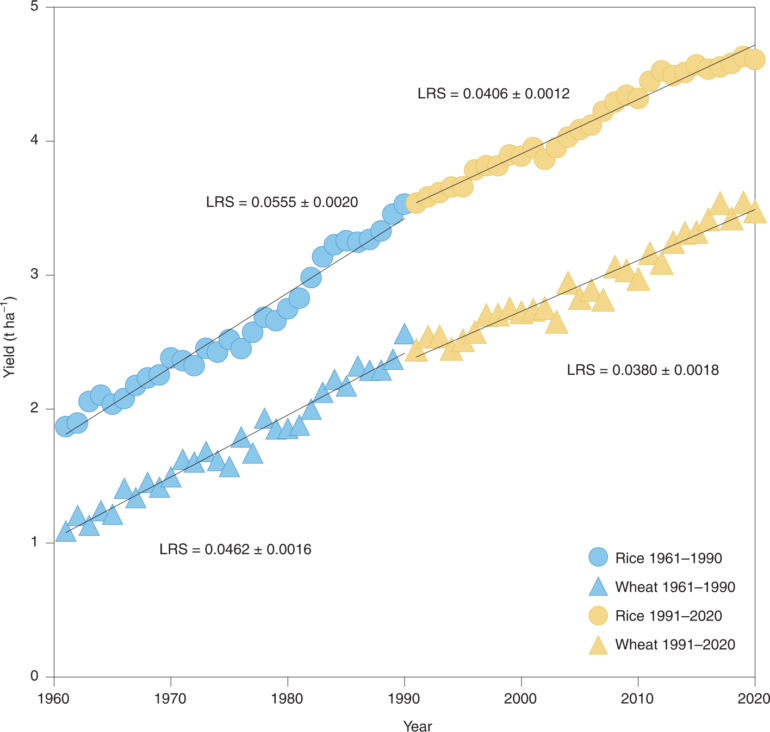The disruptions in global trading markets resulting from the war in Ukraine, among other causes, have focused public attention on the issue of securing a sufficient supply of high-quality foods for the global population. Researchers at the Technical University of Munich (TUM) are searching for modern methods to boost global harvests and ensure global food security. Wheat plays a special role in these efforts.
In terms of cultivated cropland, wheat is one of the most important grain varieties and plays a significant role as a basic food. It is grown in more than one hundred countries. However, the supply of wheat is inadequate, and many developing and emerging countries are highly dependent on imports. Senthold Asseng, Professor of Digital Agriculture at TUM, has been working with international research teams to study scenarios and models that could lead the way out of the wheat crisis.
Wheat crisis threatens food security and global peace
Fluctuations in prices on global markets and in harvests have a major impact on the nutrition situation for many people worldwide. These supply bottlenecks have negative effects on the quality of life of the population that can undermine social stability.
“The current global wheat crisis shows how important wheat is for the world. In many countries food security is linked to national security, civil unrest, migration and even war,” says Prof. Asseng, the director of the World Agricultural Systems Center–Hans Eisenmann Forum for Agricultural Sciences at TUM in Weihenstephan. “Wheat yields are stagnating in many parts of the world. Especially with the rising global population, steady increases in yields will be needed over the coming decades to secure global food needs,” warns Asseng.
Finding and utilizing hidden breeding resources
Prof. Asseng is working intensively on potential increases in wheat yields. As a scientist, his work is not limited to theoretical calculations and models. His research also engages directly with nature through field experiments, including work with regional wheat varieties.
“We are approaching the biophysical limits of wheat yields. So we need to understand the functions of crops to boost yields further,” says the scientist. He firmly believes that the genetic resources of wheat are considerable. In his experiments, he has identified the unused genetic resources in this cultivated plant with the potential to increase yields around the world. He speaks of a genetic yield gap of 51%. The goal is to mobilize this breeding gap. This can be done by targeted breeding that will utilize the yield potential of wheat and thus lead to richer harvests.
Genetics are important, but only an interdisciplinary approach will achieve the goal
Prof. Asseng is certain: “Genetics alone cannot solve the global nutrition problems. We can achieve this only with an interdisciplinary approach through the application of genetics combined with soil and climate science as well as research into cultivated plants.”
The use of advanced modern breeding instruments and the continual improvement of agricultural crop production through optimized plant and soil management will achieve the urgently needed increases in the global wheat harvest. This can then bring about an effective solution for an adequate worldwide supply of food in the future.
More information:
Nimai Senapati et al, Global wheat production could benefit from closing the genetic yield gap, Nature Food (2022). DOI: 10.1038/s43016-022-00540-9
Matthew Paul Reynolds et al, A wiring diagram to integrate physiological traits of wheat yield potential, Nature Food (2022). DOI: 10.1038/s43016-022-00512-z
Provided by
Technical University Munich
Citation:
Genetically increasing wheat yield potential for food security (2022, August 4)
